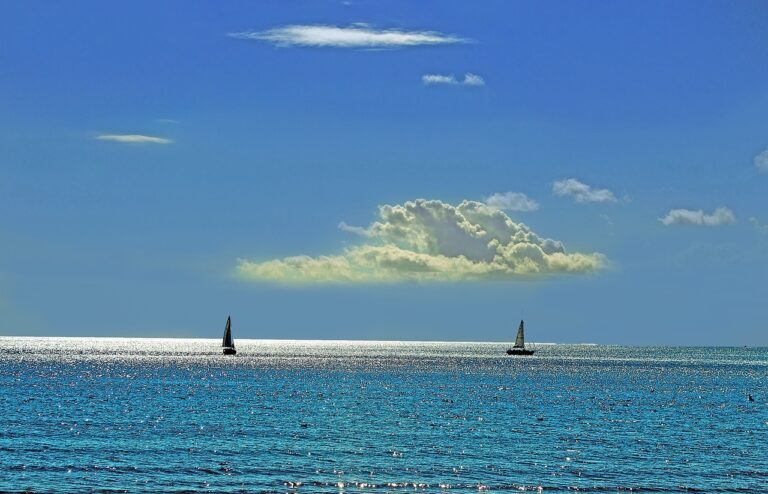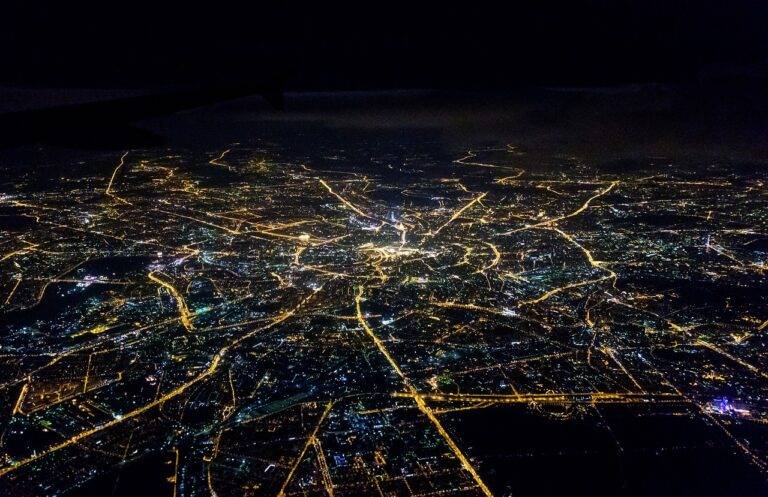The Art of Camino de Santiago: Pilgrimage Routes and Spiritual Journeys
The Camino de Santiago boasts a network of ancient pilgrimage routes that stretch across Europe, converging at the shrine of the apostle St. James in Santiago de Compostela, Spain. These trails have been travelled for centuries by pilgrims seeking spiritual growth, self-discovery, and a sense of adventure. The most popular and well-known route is the Camino Francés, which starts in France and covers approximately 800 kilometers before reaching its final destination.
Other routes such as the Camino Portugués, Camino del Norte, and Camino Primitivo offer different landscapes, cultural experiences, and challenges for pilgrims to explore. Each route has its own unique charm and allure, attracting people from all walks of life to embark on this sacred journey. Along the way, pilgrims encounter historic towns, stunning vistas, and a sense of camaraderie among fellow travellers, making the Camino de Santiago a truly transformative experience for those who choose to walk its paths.
Historical Significance of Camino de Santiago
The historical significance of Camino de Santiago can be traced back to the Middle Ages when it served as a crucial pilgrimage route for Christians. The route gained prominence after the discovery of the remains of St. James in the 9th century, attracting pilgrims from all over Europe seeking spiritual renewal and blessings.
Over the centuries, the Camino de Santiago evolved into a symbol of unity and cultural exchange as it connected people from different regions and backgrounds. It also played a significant role in the development of trade, architecture, and art along its path, leaving a lasting impact on the history and heritage of the regions it traverses.
What are the Pilgrimage Routes of Camino de Santiago?
The Pilgrimage Routes of Camino de Santiago are a network of routes that lead to the shrine of the apostle St. James in the Cathedral of Santiago de Compostela in Galicia, Spain. There are several routes that pilgrims can take, with the most popular being the Camino Francés.
What is the historical significance of Camino de Santiago?
The Camino de Santiago has a rich history dating back to the 9th century when the tomb of St. James was discovered in Santiago de Compostela. It became one of the most important pilgrimage routes during the Middle Ages and played a significant role in the spread of Christianity in Europe.
How long does it take to complete the Camino de Santiago?
The length of time it takes to complete the Camino de Santiago depends on the route taken and the starting point. The Camino Francés, which is the most popular route, typically takes around 30-35 days to complete on foot.
Are there any specific traditions or rituals associated with the Camino de Santiago?
Yes, there are several traditions and rituals associated with the Camino de Santiago, such as the pilgrim’s passport, which is stamped at various locations along the route. Pilgrims also have the opportunity to attend the Pilgrim’s Mass at the Cathedral of Santiago de Compostela.
Why do people choose to walk the Camino de Santiago?
People choose to walk the Camino de Santiago for a variety of reasons, including spiritual growth, personal reflection, physical challenge, and cultural exploration. It is a journey that offers a unique opportunity for self-discovery and connection with others.





